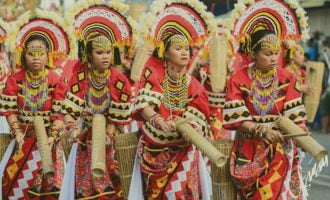

The Philippines, an enchanting archipelago located in Southeast Asia, comprises over 7,000 islands scattered across the western Pacific Ocean. Known for its rich history, diverse culture, and stunning natural beauty, the Philippines is rapidly becoming a sought-after destination for travelers worldwide. With its breathtaking beaches, vibrant festivals, and warm hospitality, this island nation offers a unique blend of adventure and relaxation, making it a prime location for beach lovers and cultural enthusiasts alike.
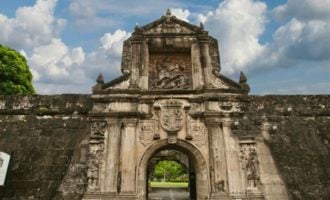
The Philippines has a complex history that dates back thousands of years, shaped by early migrations, trade with neighboring nations, and colonial rule. From the arrival of Ferdinand Magellan in 1521, which marked the beginning of Spanish colonization, to the struggle for independence from American rule in the 20th century, the nation's journey is a tale of resilience and cultural synthesis. The legacy of national heroes, such as Jose Rizal, echoes through its modern identity.
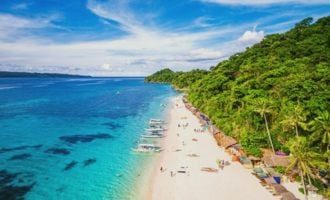
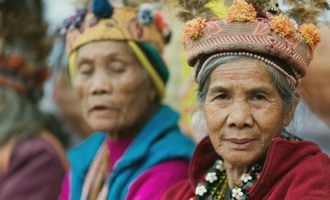
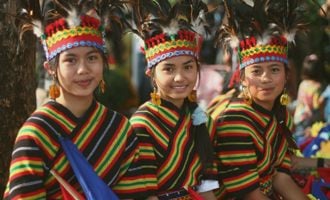

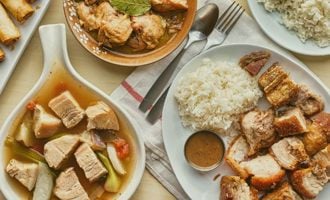

The Philippines is home to a rich tapestry of art forms influenced by its diverse cultures and traditions. The country's art scene includes paintings, sculpture, pottery, weaving, and jewelry, each showcasing the unique skills and stories of various ethnic groups.
Filipino painting gained prominence during the Spanish colonial period, with artists adapting to new styles and mediums. Notable works, like Juan Luna's Spoliarium, highlight the emotional depth and cultural significance of Philippine art.
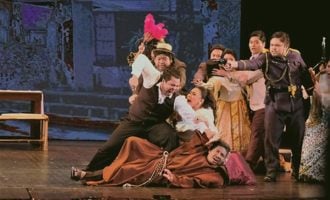
Philippine literature has a profound history rooted in oral traditions and storytelling. With over 175 languages, it showcases the diverse narratives of its people, encompassing folklore, poetry, and prose. Folklore plays a crucial role, with tales passed down through generations, reflecting cultural values and communal wisdom.
The transition to written literature began during the Spanish colonial era, leading to the emergence of influential works by authors like José Rizal. His novels, Noli Me Tangere and El Filibusterismo, are pivotal in the fight for Philippine independence and continue to inspire generations. In the face of historical challenges, Philippine literature stands as a testament to the spirit and creativity of its people, continuously adapting and thriving in a rapidly changing world.
